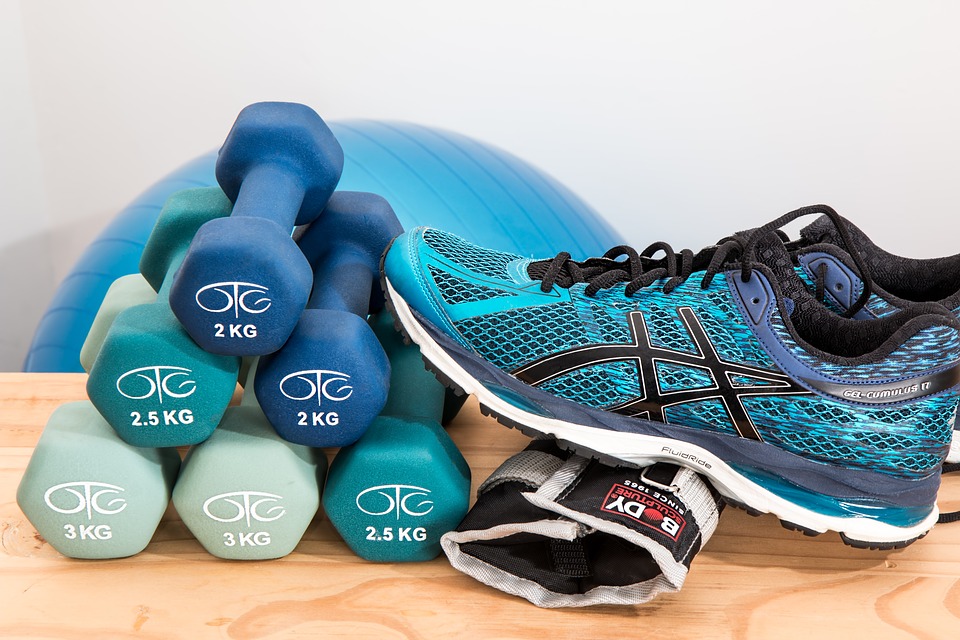How much body fat should we have?

Body fat is the scarecrow/boogeyman of middle-aged men, women and younger people as well. However, it is more than just an unwanted part of our bodies.
Fat has many tremendously important functions in our bodies. To give an example, fat is a vital source of energy which is constantly being used by our body. It is one of the cornerstones for healthy development. Every tissue of our body has significant amount of fat. Seventy percent of our brain is made of fat. It also has a transport function in our system solubilizing important fat-soluble vitamins A, D, E, and K. And obviously, we should not forget its thermoregulatory function, since fat protects from cold.
The human body cannot work properly without fat. It is a well-known fact, that we should not consume too much of it. On the other hand, we also should not limit its intake too much.
So what is the ideal percentage of body fat?
The exact number will vary depending on gender, age and other factors. Research studies always conclude just a wide range of what is healthy and what can be dangerous to our health.
This table shows the recommended range of body fat for the average population. Keep in mind that if you are within this range, it is good for you.
PERCETAGE OF BODY FAT IN AVERAGE POPULATION |
|||
| Age | up to 30 years | 30-50 | 50+ |
| Women | 14-21% | 15-23% | 16-25% |
| Men | 9-15% | 11-17% | 12-19 |
Following table shows the average percentage of body fat for athletes in certain sports. It is obvious that requirements in some sport are pushing athletes out of ranges valid for normal population.
AVERAGE PERCETANGES OF BODY FAT FOR ATHLETES IN DIFFERENT SPORTS |
|||||
| Sport | Men | Women | Sport | Men | Women |
| Baseball | 12-15% | 12-18% | Rowing | 6-14% | 12-18% |
| Basketbal | 6-12% | 20-27% | Athletics - throws | 16-20% | 20-28% |
| Body building | 5-8% | 10-15% | Cross country skiing | 7-12% | 16-22% |
| Cycling | 5-15% | 15-20% | Athletics - sprints | 8-10% | 12-20% |
| Footbal (american) | 9-12% |
- |
Swimming | 9-12% | 14-24% |
| Footbal (soccer) | 15-19% |
- |
Tennis | 12-16% | 16-24% |
| Gymnastic | 5-12% | 10-16% | Triathlon | 5-12% | 10-15% |
| Athletics - jumps | 7-12% | 10-18% | Volleyball | 11-14% | 16-25% |
| Ice hockey | 8-15% | 12-18% | Weightlifting | 9-16% |
- |
| Racquetball | 8-13% | 15-22% | Wrestling | 5-16% |
- |
What if I have too little body fat?
We are used to discussing problems of being overweight or having total body fat exceeding 15% for men and 23% for women since fat accumulation represents well-known health risks for general population.
However, lacking a certain amount of body fat can have equally serious health risks. During recent years, two clinical conditions have appeared to be relatively common in certain sports and athletes.
The first one is so-called RED-S syndrome (relative Energy Deficiency in Sport), in which caloric intake is inadequate to cover energy expenditure with long-term healthy consequences. This condition occurs often in athletes with high demands on weight, such as endurance athletes, cross-country skiing, gymnastics, etc. Although its incidence if more common in female athletes, it may occur also in men.
The second condition is so-called Female Athlete Triad consisting of:
- Some form of eating disorders
- Menstrual problems
- bone disease (either osteopenia or osteoporosis, often accompanied with low vitamin D blood concentrations) leading to increased risk of fatigue fractures)
These three problems influence many functions of the body with increased risk of musculoskeletal injuries and infectious diseases, decreased to tolerance to exercise, psychological problems, to name at least the most important ones.
The athletes should be carefully monitored for these symptoms with regular check-ups of dietary habits which should fulfill all the principles of sports nutrition, as well as with regular and detailed examination of body composition and laboratory markers.





Comments